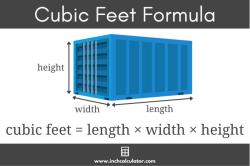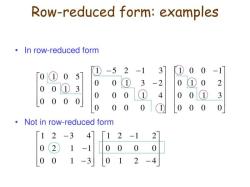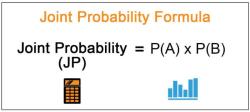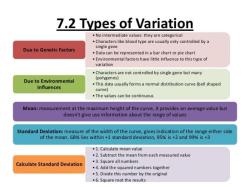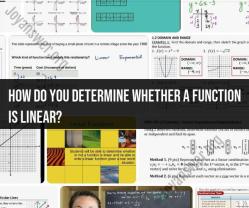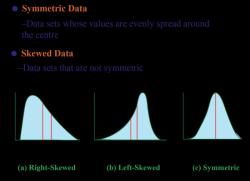What is the definition of definite integral?
A definite integral is a fundamental concept in calculus that represents the accumulation of quantities over a specific interval or the calculation of the net area between a curve and the x-axis over that interval. It is a mathematical tool used to find the exact total of a continuous quantity over a defined range.
The definite integral of a function over the interval is denoted as follows:
Here's what this notation means:
- represents the integral symbol.
- and are the limits of integration, with being the lower limit and the upper limit.
- is the integrand, which is the function you want to integrate.
- indicates the variable of integration, which represents an infinitesimally small change in .
The definite integral yields a numerical value, which represents the net accumulation or net area between the curve of and the x-axis over the interval . Geometrically, it can be interpreted as the signed area between the curve and the x-axis, where areas above the x-axis are considered positive, and areas below the x-axis are considered negative.
To calculate a definite integral, you typically follow these steps:
Find the antiderivative (indefinite integral) of the function with respect to . This involves finding a function such that . The antiderivative of is denoted as , where is the constant of integration.
Evaluate the antiderivative at the upper limit of integration () and subtract the value of the antiderivative at the lower limit of integration ():
This difference gives you the exact value of the definite integral.
Definite integrals are used in various fields, including physics, engineering, economics, and many other scientific disciplines, to calculate quantities such as distance, area, work, and accumulated change. They are a fundamental tool in understanding and solving problems involving continuous change and accumulation.








